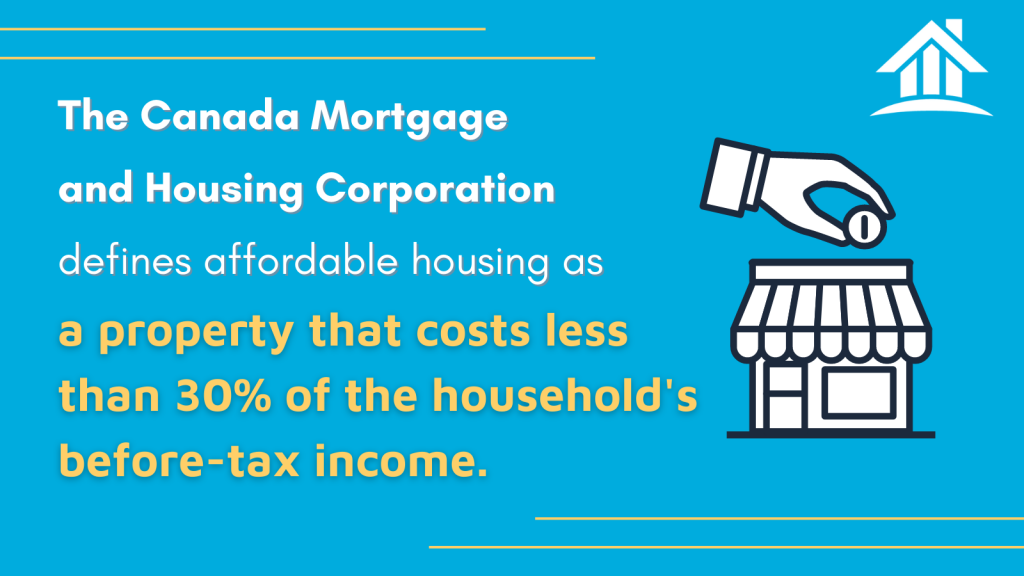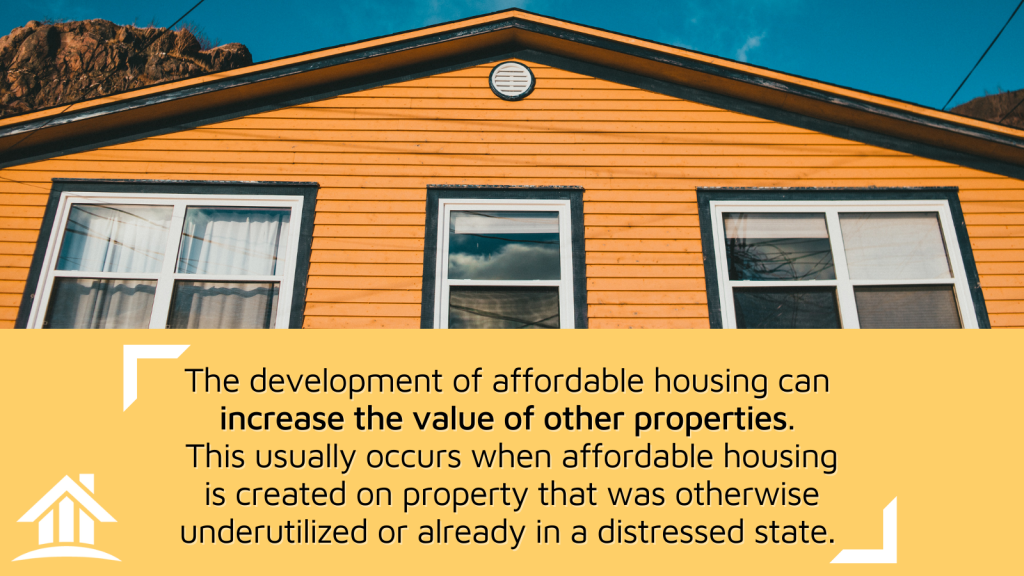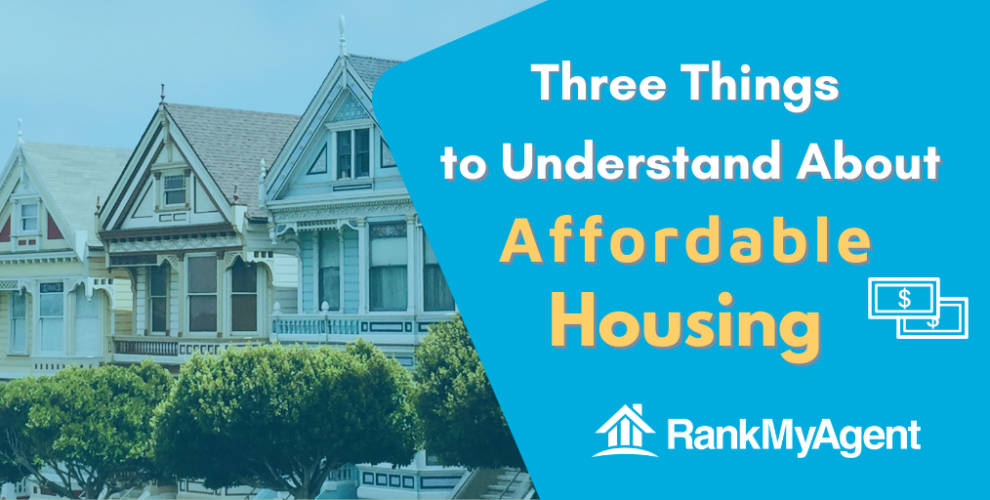There’s no doubt that owning a property in Canada is close to unaffordable. This is especially true for millennial homeowners trying to break into the market. Last year, the Liberal government aimed to build over 100,000 affordable housing units over the next decade. This was to address the hundreds of thousands of Canadians on the affordable housing waiting list.
Ultimately, the unaffordability of homes in Canada is due to demand growing faster than supply. Even though in 2018, 37,000 new apartment building units were built nationwide, demand still outpaced supply with 50,000 units of new demand, according to the Canada Mortgage and Housing Corporation. In cities such as Toronto, studies found that new rental housing supplies must double meet the city’s demand. This becomes more difficult as vacation rental businesses through Airbnb and other platforms drain long-term rental supplies.
This lack of supply is why the government is keen to develop new affordable housing units. These developments are not without controversy from residents who believe that affordable housing will decrease their homes’ value and negatively impact their communities.
This article explains what affordable housing truly entails and why a new affordable housing development will likely not damage the community it’s in. In fact, affordable housing developments can have many positive effects. Lastly, we answer whether new affordable housing affects property values in the development’s neighbourhood.
What Affordable Housing Actually Entails

This contrasts with the idea that affordable housing is always government-subsidized living arrangements. In fact, private corporations also commonly develop affordable housing.
Affordable housing that costs less than 30% of household income is essential in major cities. Data by the Canadian Rental housing index showed that Toronto renters, who earned over $45,000 a year, still had to dedicate at least 40% of their earnings to monthly housing costs. Even in the York and Peel region, middle-class income earners devoted still 44% and 38% to housing costs.
Does Affordable Housing Hurt Communities?
Opposition against affordable housing developments commonly comes from the “Not in My Backyard” movement. These people frequently hold negative attitudes towards those living in affordable housing and believe that they bring negative changes to their neighbourhoods. This may include increased traffic, crime, and drugs. Studies have found no correlation between affordable housing developments and increases in violence or crime.
Another complaint is that new, high-density affordable housing development may not “fit in” with the rest of the community. If a community consists primarily of single-family homes, a large housing complex may stick out. However, affordable housing must comply with the same building restrictions as any other home area, including height requirements. They’re also generally designed to fit in with the community.
This type of opposition from community members can increase the cost of affordable housing developments, which often comes from public funds. Instead of money going towards the development, the government must divert funds to manage residents who oppose the development. This use of public funds ultimately benefits no one.
Residents of affordable housing developments can add value to the communities they live in. More residents in a neighbourhood generally increase the tax base, as individuals spend more money within the community and businesses collect more sales tax. This could ultimately decrease property taxes for existing residents. New residents can also increase local labour supplies and create new businesses that add value to the areas that they’re part of.
Does Affordable Housing Affect Property Value
A common notion often perpetuated by the “Not in My Backyard” movement is that affordable housing developments devalue current homes’ property value in the community. A lot of this stems from the belief that affordable housing negatively affects the community, therefore driving down demand for other properties in the area. Property value is often also a proxy for the quality of life in a particular area. If residents perceive that their quality of life will go down due to new affordable housing, they may believe that their property’s value will suffer too. This notion scares current residents dependent on the value of their home as their life savings and source of retirement.
Numerous studies have found that affordable housing doesn’t negatively affect the value of other properties. But despite the research, the negative perception associated with affordable housing remains.

One of the exceptions to these studies is when affordable housing is clustered together or concentrated. Research has shown that this may result in a decline in surrounding property values. What is considered “clustered” or “concentrated” ultimately depends on the community. Further, as long as the affordable housing development design blends in with the surrounding areas and the development’s management are well-managed and well-maintained, it’s unlikely that nearby home values will decline. However, if the development is poorly designed or poorly managed, it could affect the surrounding properties’ value. All in all, these are the exceptions and not the norms.
Affordable housing is an essential need for Canadians who can’t afford to live in many parts of the country. The government has taken steps to develop more affordable housing, but opposition remains. This opposition commonly comes from myths that affordable housing may hurt communities or devalue surrounding property prices. These notions are generally misleading.

